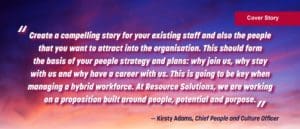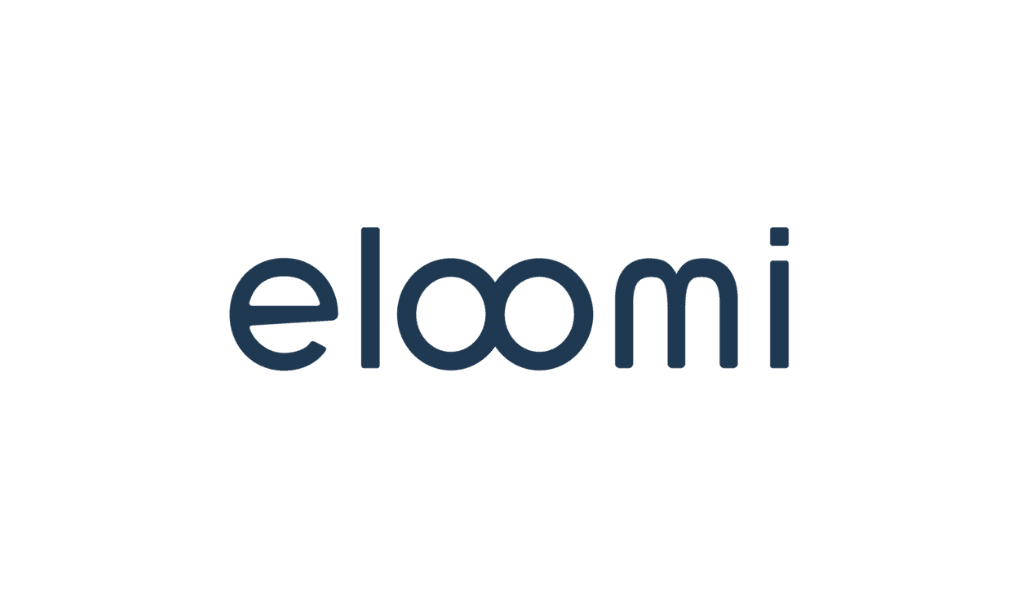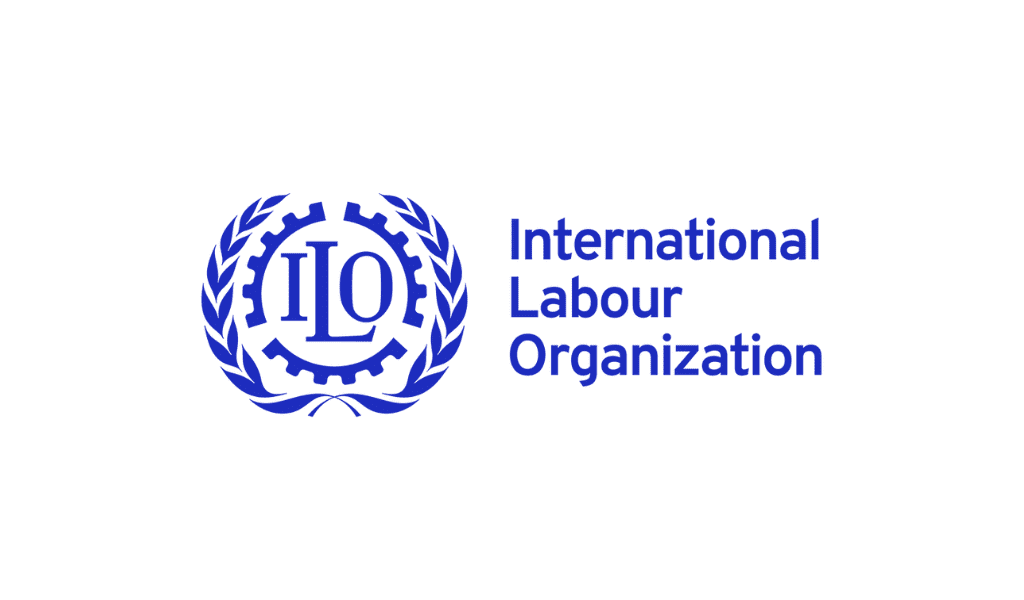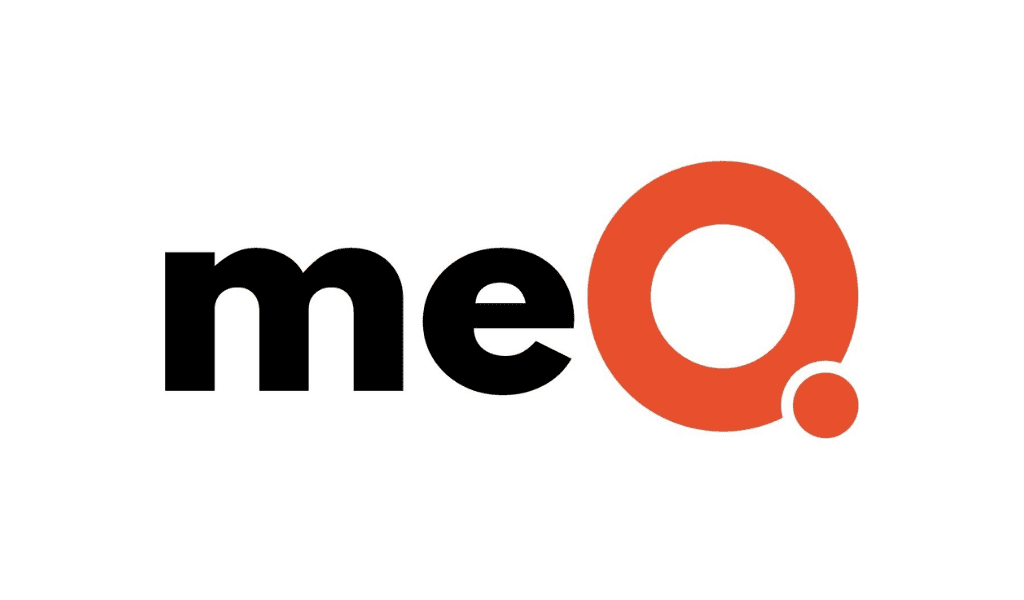HR’s job is not done. In fact, the pandemic merely prepared it for more substantial tasks for the future.
By Simon Kent
HR teams globally have spent the past two years creating solutions in response to challenging and quick-changing scenarios. Now, they can take advantage of the opportunities hybrid working offers. Undoubtedly, designing and managing the new workplace is not straightforward, but without the pressure of a health crisis and/or legal restrictions, there has been a shift in favor of the function.
“A lot of this is about managing the human element of work,” says Pete Donaldson, head of sales, EMEA and Americas, Resource Solutions. Donaldson believes that there is an amount of relearning and teaching required to ensure employees can manage their hybrid working lives whilst operating their diaries effectively and even managing to be in the right place at the right time. The physical world of work brings different challenges and needs different support than the virtual one.
“There are new ways to be productive,” he says. “We have to change the expectation of availability of people, for example. Not having a full diary doesn’t mean you’re not working efficiently.”
At the heart of today’s workplace is trust; trust that employees will get on with the job at hand and in the most effective way possible. Donaldson believes that by hiring the right people and having the right culture, everything else will follow.
Lucy Weaver, group HR director of modular buildings manufacturer Top Hat, asserts that HR’s challenges are not vastly different than those of the pre-pandemic days. The option of flexible working has always been present, and whilst The Great Resignation may exist statistically, the war for talent has continued unabated for many years. So, what is different now?
“It’s about creating productive and intelligent working,” she says.
This means enabling staff to do their best work in the best circumstance. To do this, HR teams have to have a visible role within the organisation, supporting employees with everything from communication and well-being to technology. Indeed, it is interesting to note that Weaver places particular emphasis on the use of technology and the ability of employees to take advantage of it -not necessarily from a technical point of view, but simply the ability to use it effectively on a day-to-day basis.
Weaver explains that the company has specific career paths for production staff which cover aspects such as continuous improvement, robotics, programming, and engineering, but she advocates a wider more everyday need for technology skills in the new workplace. “I never underestimate the power to use simple office skills or database skills,” she says. “There’s an assumption that everyone knows how to use these, but that’s not always the case.”
Meanwhile, Weaver’s HR department is maintaining its status at the senior level of the business. The function is involved at the executive level on a regular basis to ensure the business is set and is moving towards realistic targets and hitting the appropriate KPIs.
“We’ve got a business strategy and we have different things to chase, whether that’s continuous improvement or new projects,” she explains. “It comes back to are we hitting our plans and targets from a Top Hat perspective and that hasn’t hugely changed. We’re still pursuing a strong growth culturally.”
Steve Black, co-founder and chief strategy officer of Topia, believes the current challenge for HR is to work out how they can deliver the flexibility their employees are demanding. The compliance challenge around this will be particularly significant for workforces which are geographically dispersed. “There are significant challenges around the way they deliver at scale on promises for greater work flexibility,” he says.
Black says this opens up an important role for technology -automating and streamlining processes is good for the organisation and for  enhancing the employee experience. Ultimately, organisations want to be in a position where they can say “yes” to requests as often as possible and allow employees to explore options.
enhancing the employee experience. Ultimately, organisations want to be in a position where they can say “yes” to requests as often as possible and allow employees to explore options.
“Technology must play a role in managing demands around regulatory compliance,” says Black, “not just to protect the employer, but crucially the employee as organisations do have a duty of care for staff. The more that employees are distributed to different geographies the more potential for them to overstay and possibly breach rules.”
Riccardo Barberis, regional president, Northern Europe for Manpower Group believes there is now a heightened emphasis on companies reshaping their culture to build trust, retain remote teams, and energise their employees. He defines the new employee value proposition (EVP) as one that brings “a sense of purpose and well-being, plus empathetic leadership for a digital world.”
Addressing this aspect of the workplace is certainly a priority for companies, but on the one hand, it is critical in order to recruit and retain talent. It also plays a fundamental role in creating a successful business. “Without investing in and evolving company culture and promoting shared values, they will struggle to execute their strategy,” Barberis says.
This point is echoed by Resource Solution’s’ Chief People and Culture Officer, Kirsty Adams. She too believes it is time to revamp the EVP to ensure it is in line with what employees and the business require. “Create a compelling story for your existing staff and also the people that you want to attract into the organisation,” she advises. “This should form the basis of your people strategy and plans: why join us, why stay with us and why have a career with us. This is going to be key when managing a hybrid workforce. At Resource Solutions, we are working on a proposition built around people, potential and purpose.”
Handled correctly, organisations can look forward to a more people-led culture -one where trust and facilitation is prioritised above detailed policies and procedures. And, it’s a workplace which HR has always strived to create -one where everyone can bring their best selves to work and make the most positive contribution they can.















